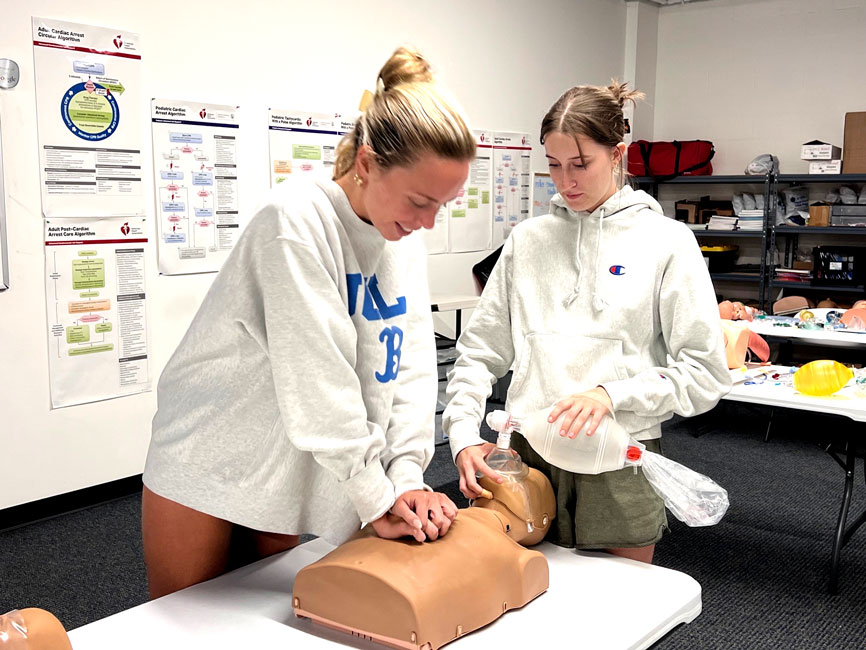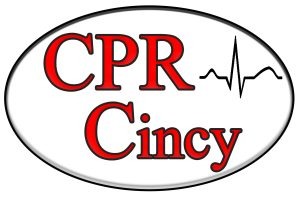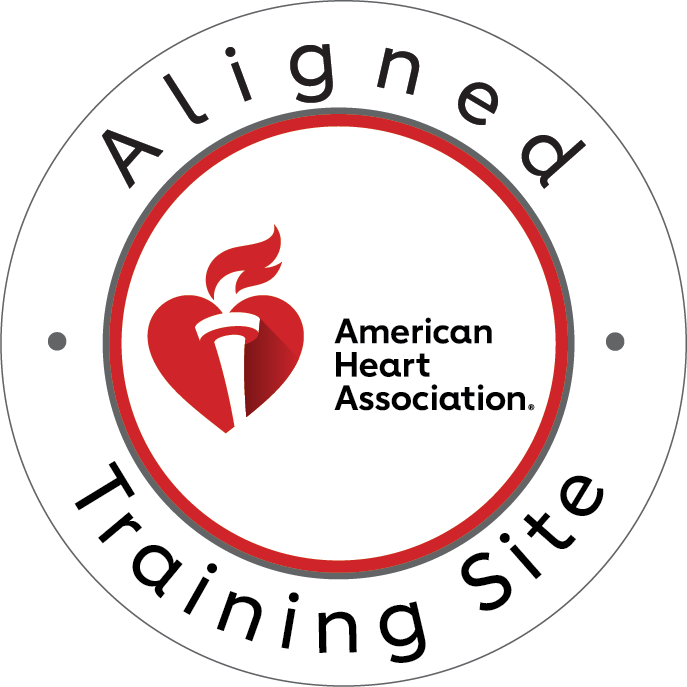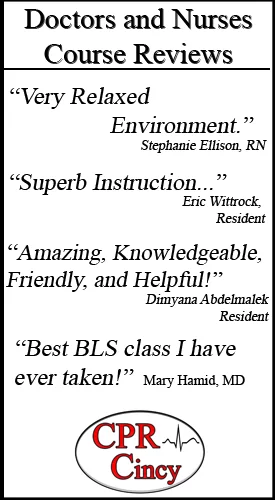In the world of emergency medicine, every second matters. Cardiopulmonary resuscitation (CPR) is one of the most critical interventions used when a person’s heart has stopped beating. But what’s the ultimate goal of performing CPR? While long-term survival and neurological recovery are the endpoints, the first major milestone on the path to recovery is the return of spontaneous circulation, commonly known as ROSC. This important marker in the resuscitation process signifies that the heart has started beating effectively enough to circulate blood without external chest compressions. Understanding what ROSC means in CPR, why it matters, and how it shapes post-resuscitation care is essential for healthcare providers and first responders aiming to save lives.

Understanding ROSC
ROSC, or Return of Spontaneous Circulation, is defined as the resumption of sustained cardiac activity following cardiac arrest. It’s the point during resuscitation efforts where the heart regains enough function to circulate blood on its own, often indicated by a palpable pulse and measurable blood pressure. CPR aims to maintain blood flow to vital organs during cardiac arrest, and achieving ROSC shows that these efforts have been effective, at least temporarily. Though ROSC doesn’t always guarantee long-term survival, it is a critical turning point—one that signals the potential for recovery and opens the door to further medical intervention.
Recognition of ROSC in Resuscitation
Recognizing ROSC in real time requires a keen understanding of its clinical indicators. Common signs include a sudden increase in end-tidal carbon dioxide (ETCO₂), a palpable pulse (usually at the carotid or femoral artery), and a measurable blood pressure. In intubated patients, an ETCO₂ reading above 40 mmHg after chest compressions may suggest a return of circulation. Additionally, improved skin color, spontaneous breathing, and increased consciousness may accompany ROSC. However, achieving ROSC is not the same as full recovery. The patient remains at significant risk for complications like brain injury, hemodynamic instability, and further cardiac events. Nonetheless, ROSC is a vital step forward on the journey back to health.
Importance of ROSC in Resuscitation
The importance of ROSC in resuscitation cannot be overstated. It marks the first tangible success in a resuscitation attempt, often signaling a higher chance of survival if managed appropriately. However, time is a major factor in whether ROSC is achieved and whether it leads to a favorable outcome. The faster CPR is initiated after cardiac arrest, the greater the likelihood of restoring spontaneous circulation. This is why early recognition, quick initiation of chest compressions, and timely defibrillation form the foundation of the “chain of survival”—a concept emphasizing the critical actions needed to improve outcomes in cardiac arrest cases. ROSC sits at the midpoint of this chain, linking high-quality CPR with advanced post-resuscitation care.
Post-ROSC Management
Once ROSC is achieved, the focus shifts to post-resuscitation management, which plays a critical role in determining long-term outcomes. Immediate interventions following ROSC include stabilizing the airway, supporting breathing, and ensuring adequate circulation. Patients who achieve ROSC may enter a vulnerable state known as post-cardiac arrest syndrome, which can involve brain injury, myocardial dysfunction, and a systemic inflammatory response. One of the most important post-ROSC strategies is targeted temperature management, which involves cooling the body to protect neurological function. Hemodynamic stabilization—maintaining optimal blood pressure and organ perfusion—is equally vital in this phase, as it sets the stage for potential recovery and rehabilitation.
Factors Influencing ROSC Outcomes
Several factors influence whether a patient achieves ROSC during CPR. The time to initiation of CPR is arguably the most significant; the sooner compressions begin, the higher the likelihood of ROSC. The quality of CPR also plays a huge role—compressions must be deep, fast, and consistent, with minimal interruptions. Early defibrillation for shockable rhythms like ventricular fibrillation or pulseless ventricular tachycardia dramatically increases the odds of successful resuscitation. Patient-specific variables, such as age, underlying medical conditions, and cause of cardiac arrest, also impact the probability of ROSC. Additionally, the use of Advanced Life Support (ALS) interventions like medication administration and advanced airway management can further enhance outcomes when delivered promptly and effectively.
ROSC Monitoring and Documentation
Once ROSC is suspected, accurate monitoring and documentation become critical. Clinical teams use multiple tools to confirm ROSC, including pulse checks, ETCO₂ monitoring, blood pressure readings, and ECG tracings. Continuous monitoring helps detect re-arrest, which is not uncommon in the immediate post-resuscitation phase. Detailed documentation is essential—not only for legal and clinical reasons but also as a valuable tool for performance improvement. Hospitals and emergency medical services (EMS) often analyze ROSC rates and related metrics to evaluate the effectiveness of their resuscitation protocols and identify areas for improvement. Integrating ROSC tracking into EMS protocols also allows for better coordination of care from the field to the hospital.
Conclusion: ROSC – The Ultimate Goal of CPR
Return of Spontaneous Circulation (ROSC) represents the critical moment when effective CPR successfully restores a patient’s heartbeat. This milestone marks the transition from cardiac arrest to the next phase of critical care, where proper post-resuscitation management becomes essential for improving long-term survival and neurological outcomes.
Understanding ROSC and its importance highlights why high-quality CPR skills are essential for both healthcare professionals and community members. Proper CPR technique, appropriate compression depth and rate, minimal interruptions, and early defibrillation when indicated all contribute significantly to achieving ROSC and giving patients the best chance at recovery.
Take Action Today: Get Certified in CPR
Don’t wait for an emergency to wish you knew how to respond. By enrolling in CPR certification in Cincinnati, you gain the knowledge and skills necessary to potentially save a life when seconds count.
CPR Cincinnati, an American Heart Association training site, offers comprehensive, hands-on instruction in a stress-free environment. Whether you’re seeking initial certification or renewal, their expert instructors will ensure you develop the confidence and competence needed to perform effective CPR and contribute to achieving ROSC in emergencies.
For healthcare professionals, BLS certification in Cincinnati through CPR Cincinnati provides specialized training aligned with current AHA guidelines. Their courses in BLS for Healthcare Providers, ACLS, and PALS deliver the advanced skills necessary for clinical settings.
Contact CPR Cincinnati today to schedule your certification course and join the ranks of trained individuals prepared to make a life-saving difference when it matters most.





